Rules of Football
Introduction
Football, also known as association football or soccer, is a team sport played between two teams of eleven players with a spherical ball. It is the world's most popular sport, played by over 250 million players in over 200 countries and dependencies read more. The game is played on a rectangular field called a pitch with a goal at each end. The object of the game is to score by moving the ball beyond the goal line into the opposing goal.
History
The history of football can be traced back to the most popular games in ancient times. The modern game of football has its origins in the schools of England in the 19th century read more. The first set of rules, known as the Cambridge Rules, was drawn up in 1848. The most significant event in the development of the game occurred in 1863 when the first Football Association was formed in England.
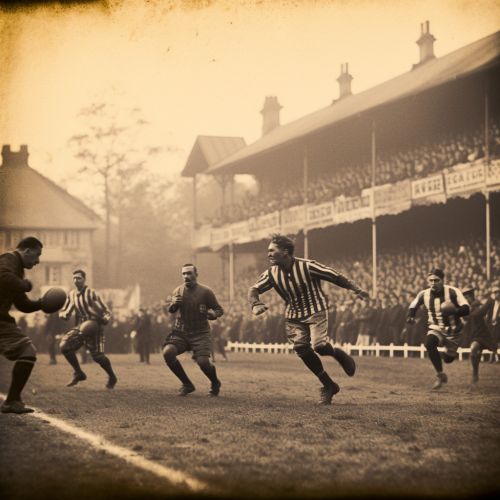
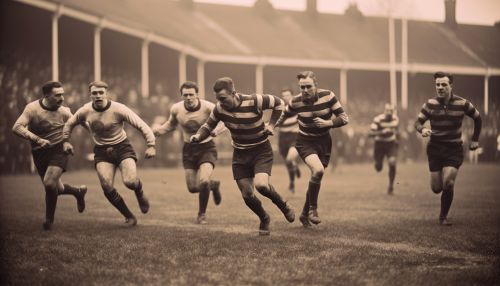
Rules and Regulations
Football is governed by a set of rules known as the Laws of the Game. The game is played using a spherical ball of 68–70 cm (27–28 in) circumference. The two teams compete to get the ball into the other team's goal (netted structure at each end of the field). The team that scores the most goals by the end of the match wins. If the score is level at the end of the game, either a draw is declared or the game goes into extra time or a penalty shootout, depending on the format of the competition read more.
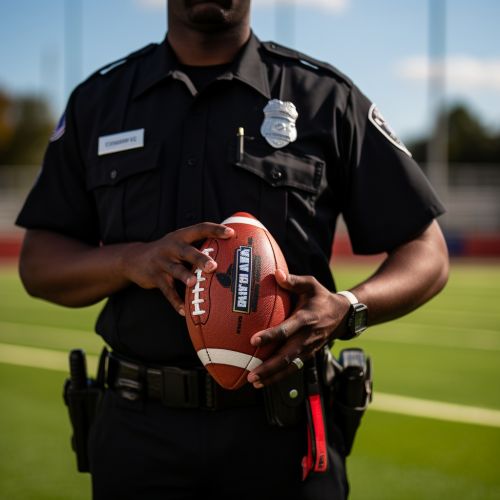
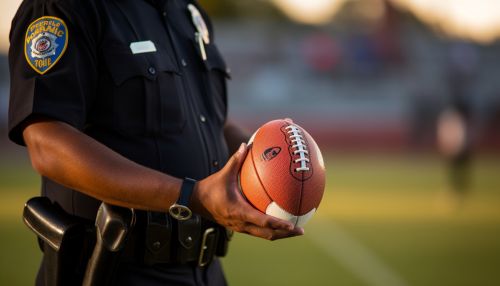
Field of Play
The field of play is rectangular and marked with lines called boundaries. The longer boundary lines are touchlines, while the shorter ones are goal lines. A rectangular goal is positioned at the middle of each goal line. The inner edges of the vertical goal posts must be 7.32 meters apart, and the lower edge of the horizontal crossbar supported by the goal posts must be 2.44 meters above the ground read more.
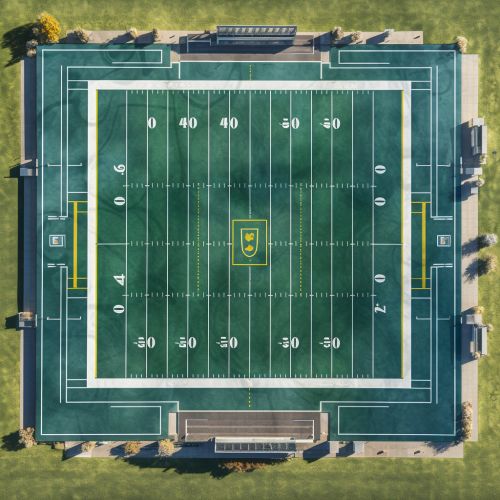
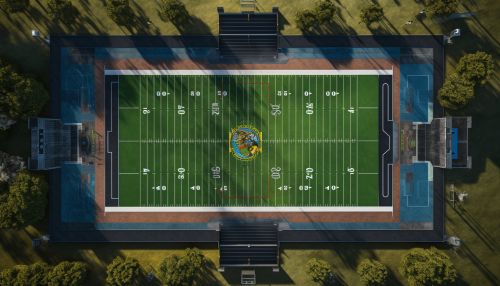
Duration of the Match
A standard football match consists of two halves of 45 minutes each, separated by a 15-minute half-time break. The end of the match is known as full-time. The referee is the official timekeeper for the match, and may make an allowance for time lost through substitutions, injured players requiring attention, or other stoppages. This added time is commonly referred to as stoppage time or injury time read more.
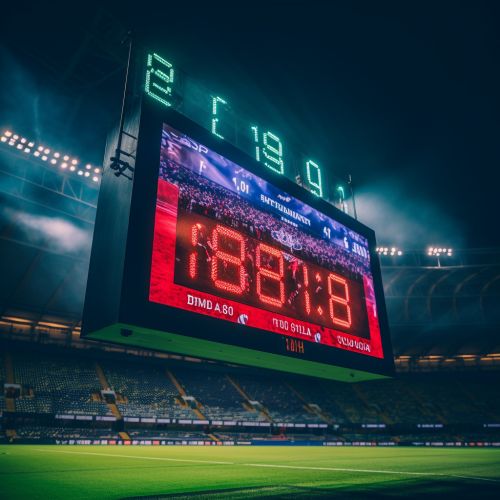
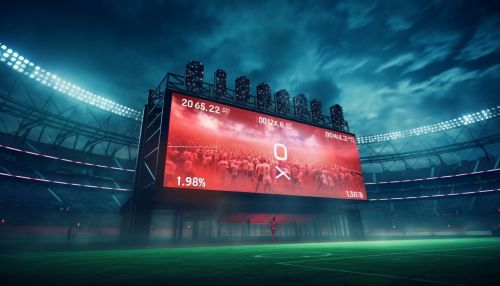
Offside and Foul Play
The offside rule effectively limits the ability of attacking players to remain forward (i.e. closer to the opponent's goal line) of the ball, the second-to-last defending player (which can include the goalkeeper), and the half-way line. Foul play is penalized with a direct free kick or penalty kick depending on where the infringement occurred read more.

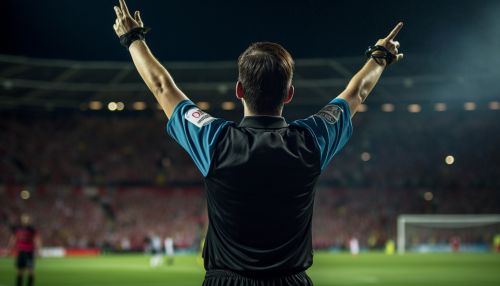
Variations and Gameplay
Over the years, different variations of football have emerged. These include indoor football, beach football, and futsal, and they each have their own set of rules. The commonality between all these games is the use of a spherical ball and two opposing teams who compete to get the ball into the other team's goal read more.


See Also
- History of Football
- Laws of the Game (association football)
- Football pitch
- Duration of a football match
- Offside (association football)
- Variations of association football
